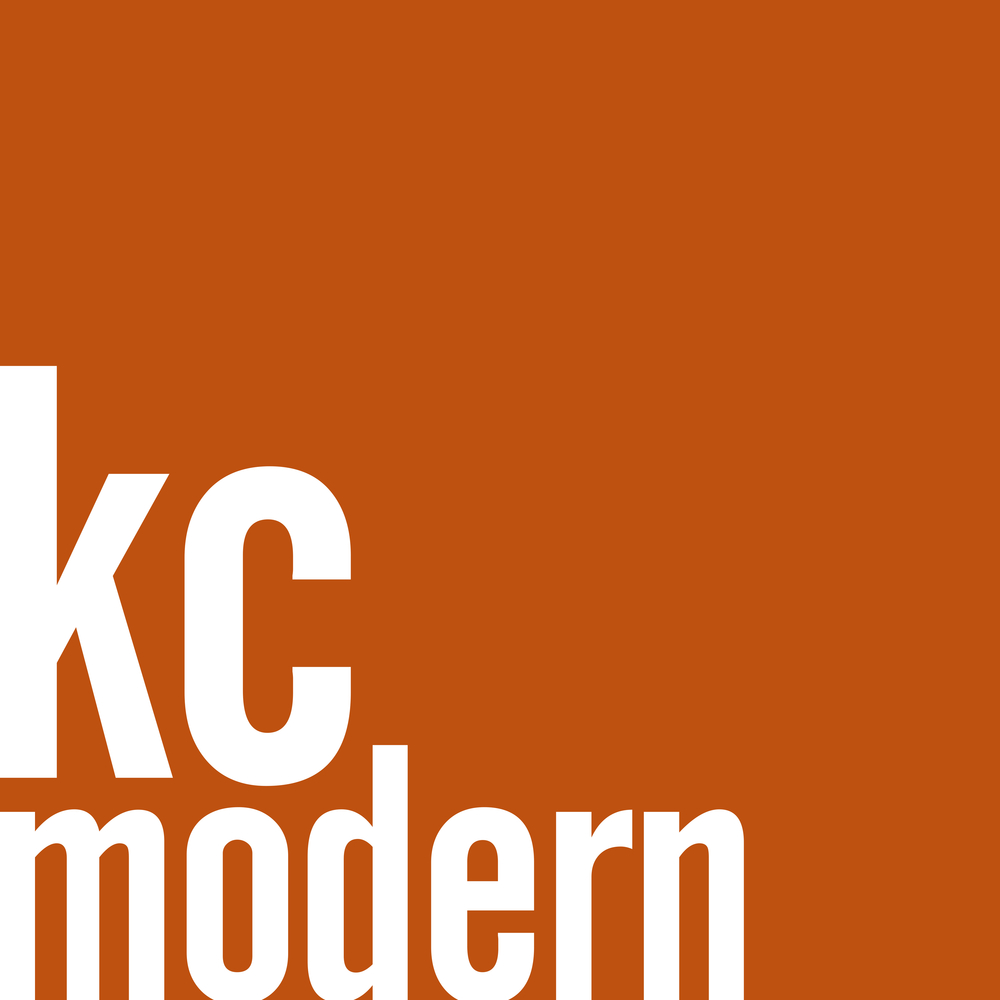 Please join KCMODERN for:
Please join KCMODERN for:SHOWCASING GREEN
at the amazing house built by Studio 804, 3716 Springfield
with our guest, Gerould Sabin of Elements of Green,
who will be presenting green building materials
Sunday, November 15th, 4-6 PM.
Studio 804 at the University of Kansas has designed Kansas City’s first “off the grid” residence as a model of sustainability. The studio is aspiring to complete the first LEED platinum residence in the Kansas City area. The house showcases may energy saving techniques, including a wind turbine, solar panels, a geothermal heat pump and a water reclamation system.
Meet Gerould Sabin of Elements of Green, which he created to make an impact in Kansas City by simplifying access to the product stream of sustainable building, remodeling and finishing solutions to the Midwest and to provide a social networking venue for the discussion of environmentally sound building materials and practices.
Studio 804: http://www.studio804.com/about%20us/mission/studio/studio.html
3716 Springfield: http://www.3716springfield.com/
From State Line Road and 39th Street, go west on 39th by KUMed and across Rainbow Bvld, 3 blocks to Springfield and north to the house. Parking will be in the gravel lot located across the street and a little to the north.
Elements of Green: http://www.elements-of-green.com/about-us.html
Photo by Dan Rockhill


















